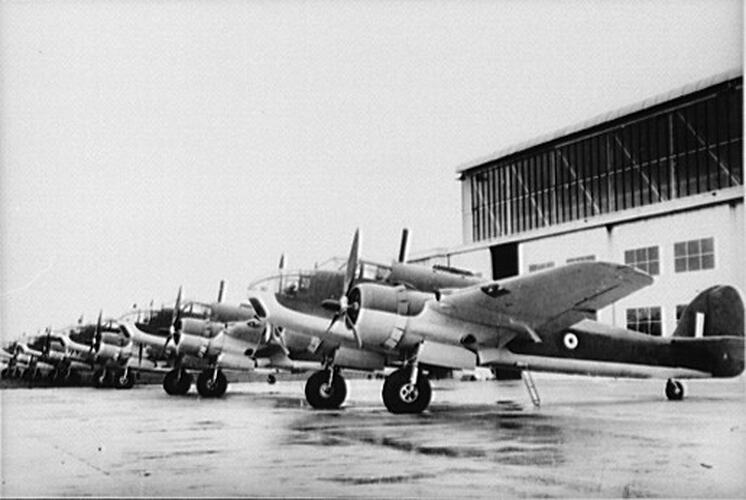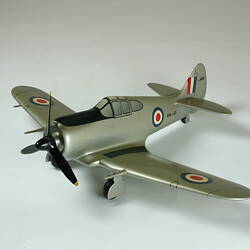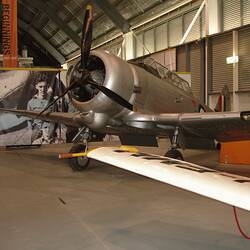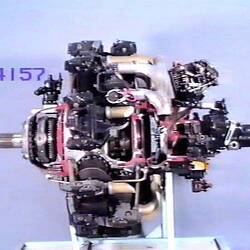The Pratt & Whitney Wasp series are probably the most important piston aero engine designs ever built. They powered many of the record breaking aircraft of the 1930s and were produced in larger numbers than any other aero engine. The 14-cylinder R-1830 Twin Wasp was a development of the single-row nine-cylinder R-1340 Wasp, introducing a second row of cylinders to boost the maximum power output to 1200 horsepower. Reliability was a hallmark of Wasp series engines. This reputation was due largely to the appearance of the Twin Wasp powered Douglas DC-3 airliner in the late 1930s and a wartime record of durability in extremes of climate, hostile fire and frequent abuse of the operating limits contained in the manual.
Originally produced in the United States by the Pratt & Whitney, a division of the United Aircraft Corporation, the Twin Wasp was licence-built in Australia during World War Two by the Commonwealth Aircraft Corporation (CAC) at Lidcombe, NSW. The Lidcombe factory had to rapidly tool up for the Twin Wasp in 1940 after supply of Bristol Taurus engines from the UK intended for the Australian-built twin-engine Beaufort bomber failed to eventuate. Twin Wasps eventually powered the Australian Beaufort and the CAC Boomerang fighter built at Fishermans Bend as well as prototypes of the CAC Wackett and Woomera bombers. Important US wartime aircraft operated by the RAAF such as the Douglas C-47, the Consolidated B-24 Liberator bomber and the Consolidated Catalina also used the Twin Wasp.
The Ford Motor Company established a large overhaul facility at Rocklea in Queensland to repair and recondition Twin Wasp and other engines for the RAAF and the United States Army Air Force. Many of the Rocklea mechanics were women who had never before worked in a factory. Supplies of imported Twin Wasp engines from the USA continued as local production struggled to match demand. In the United States, Twin Wasps were also produced by Ford and the Buick and Chevrolet Divisions of General Motors.
More Information
-
Keywords
-
Localities
-
Authors
-
Article types



